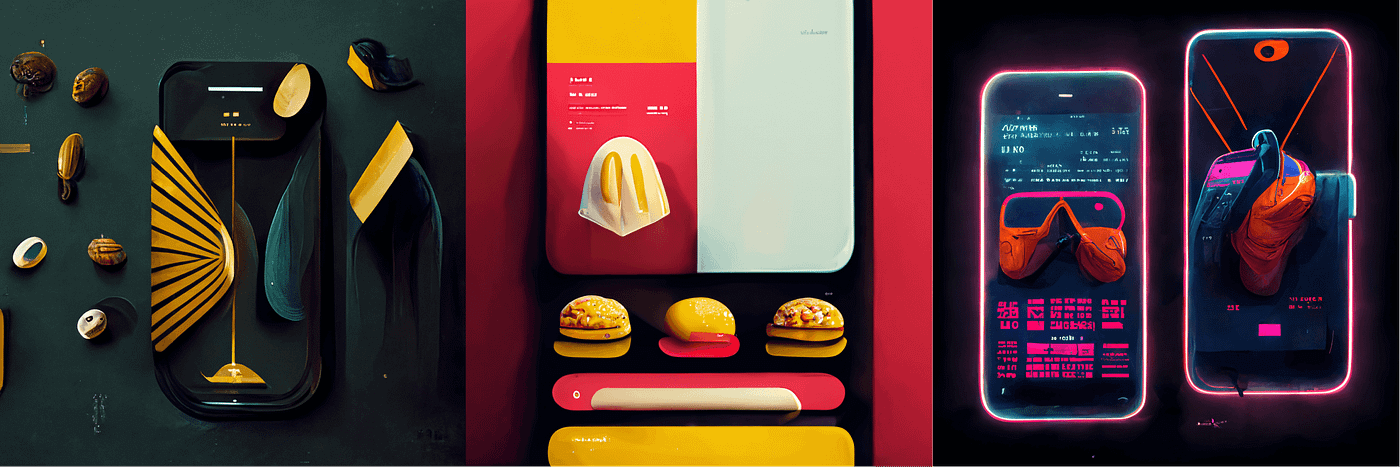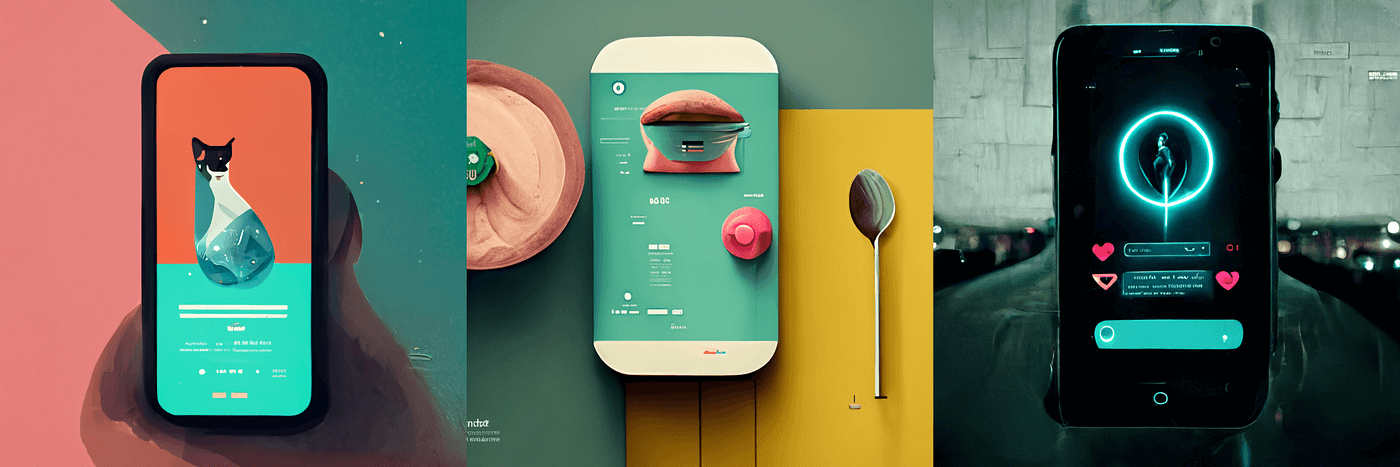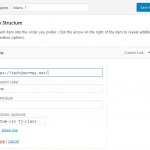The field of UI/UX design is constantly evolving, with designers always looking for new ways to improve the user experience. In recent years, the advent of chatbots and AI technologies has opened up a whole new world of possibilities for designers in this field. With the ability to process and analyze vast amounts of data, chatbots and AI can provide users with a more personalized, intuitive, and engaging experience. One such technology is ChatGPT, developed by OpenAI. In this article, we’ll take a look at how designers can leverage ChatGPT in UI/UX design and create a better user experience.
Why Use ChatGPT in UI/UX Design?
There are several reasons why designers should consider using ChatGPT in UI/UX design. Firstly, ChatGPT can help to simplify complex interactions by providing users with an easy-to-use and intuitive interface. For example, it can be used to provide step-by-step guidance to users in completing a task, or to answer questions and provide support. Secondly, ChatGPT can provide users with a more personalized experience. By using the data that it collects from the user, it can provide customized recommendations, suggestions, and support. Finally, ChatGPT can help to increase user engagement by providing a more interactive and engaging interface.
read more: The 8 Advantages of Integrating ChatGPT in UI/UX Design Process
Step-by-Step Guide:
- Identifying the problem: The first step in leveraging ChatGPT in UI/UX design is to identify the problem that needs to be solved. This could be anything from improving user engagement to simplifying complex interactions. As a designer, it’s important to understand the specific problem that you’re trying to solve so that you can create a chatbot that addresses it effectively.
- Defining the goal: Once the problem has been identified, the next step is to define the goal of the chatbot. This should be done keeping in mind the problem that needs to be solved and the target audience. For example, if the goal is to increase user engagement, then the chatbot should be designed to provide a more interactive and engaging interface. On the other hand, if the goal is to simplify complex interactions, then the chatbot should be designed to provide step-by-step guidance to users.
- Choosing the right platform: ChatGPT can be integrated into various platforms, including mobile apps, websites, and voice assistants. The platform should be chosen based on the target audience and the problem that needs to be solved. For example, if the target audience is primarily using mobile devices, then the chatbot should be integrated into a mobile app. On the other hand, if the target audience is primarily using voice assistants, then the chatbot should be integrated into a voice assistant platform.
- Defining the conversation flow: ChatGPT works by having a pre-defined conversation flow. It is important for designers to define the flow of the conversation, including the questions that the chatbot should ask and the responses that it should give. The conversation flow should be designed to address the problem that was identified and to achieve the goal that was defined. For example, if the goal is to simplify complex interactions, then the conversation flow should provide step-by-step guidance to users.
- Designing the interface: Once the conversation flow has been defined, the next step is to design the interface of the chatbot. This includes the text, images, and other elements that the user will interact with. The interface should be designed to be easy-to-use, intuitive, and engaging. Additionally, it’s important to consider the overall design of the platform where the chatbot will be integrated into. For example, if the chatbot will be integrated into a mobile app, then the interface should be designed with a mobile-first approach.
- Training the model: After the chatbot’s interface has been designed, the next step is to train the model. This involves feeding the chatbot data and fine-tuning its responses. The chatbot should be trained using real-life examples and data, so that it can provide relevant and accurate responses. Additionally, it’s important to regularly update and retrain the model, so that it can continue to provide accurate and relevant responses.
- Testing and refining: Once the chatbot has been trained, it’s important to test and refine it. This can be done by having users test the chatbot and providing feedback. Based on this feedback, the chatbot’s responses, interface, and overall design can be refined. It’s important to continuously test and refine the chatbot, so that it can provide the best possible user experience.
- Launching and promoting: Finally, once the chatbot has been tested and refined, it’s time to launch it. This involves making the chatbot available to users and promoting it. It’s important to promote the chatbot and make users aware of its existence, so that they can start using it and providing feedback.
Learn How To Maximize ChatGPT: A Pro’s Guide for You
Leveraging ChatGPT in UI/UX design provides designers with a new way to create a better user experience. With the ability to process and analyze vast amounts of data, chatbots and AI can provide users with a more personalized, intuitive, and engaging experience. By following the steps outlined in this guide, designers can create a chatbot that leverages ChatGPT to improve the user experience. As the field of UI/UX design continues to evolve, it’s important for designers to stay up-to-date with the latest technologies and trends, and to continuously innovate and create new solutions.








